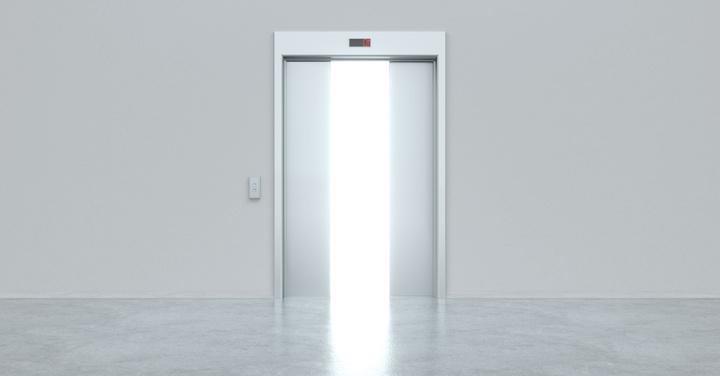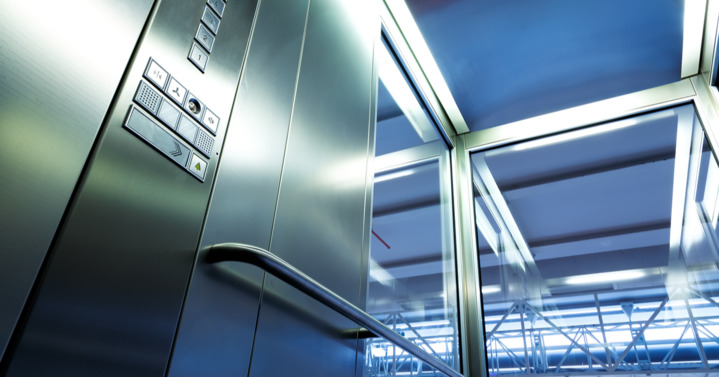Elevator Design Project: 7 Things to Consider
Sometimes a building needs a new, fresh look, and an owner can achieve that with a new elevator design. Budget, design style, desired goals, and tenant base are top factors in choosing a design. It is essential to nail down these aspects prior to elevator design fabrication.
1. The Budget of the Project
The first step in an elevator design project is determining which design is budget-friendly. Keeping realistic goals is key to maintaining a reasonable financial plan for the project and its recurring maintenance costs. As explained by Buildings.com, “While the cost of a commercial elevator maintenance plan might be intimidating at first sight, it’s a practical investment considering how much-unexpected service calls and repairs can cost.”
Consider this: is the building in need of a complete overhaul, or does it just need a new shine? It is crucial to plan the budget accordingly.
2. Design Style
After deciding on a budget plan, building owners must choose a style. Is the building older, rustic, and more traditional? An elevator with a bronze or darker finish may complement the overall aura of the building rather than the bright, modern look of stainless steel. A unique design finish will make a lasting impression on guests or visitors.
3. Tenant Base and Their Needs
Recognizing your base is one element to consider when choosing design style. What type of building is it? Are potential tenants, such as architects, lawyers, or other professionals and their clients going to feel confident when they walk in and out of the building? The design style contributes to the aesthetic and can significantly add to your brand appeal.
4. The Building Type
The tenant and client base determine which style will compliment all building’s visitors. For example, office buildings may accommodate various businesses. And they’re more inclined to choose a design with high appeal for many people. Designing with all tenants in mind increases the lifespan of the elevator design and saves money.
5. Desired Outcomes
Elevator design impacts the bottom line. Building owners must approach their elevator design with their desired outcomes in mind: happy clients. Pleasing clients leads to long-term tenants, resulting in more money for building owners.
6. Weight Balancing and Impact
Another consideration owners should think about are weight limits for elevators. This is especially important for both the primary elevator and the service elevator. More traffic, people, and large delivery items will require higher weight limits. That means the elevator design will need the appropriate structure for the extra weight and could be more expensive.
7. Material Longevity
Materials need to be able to withstand weight limits and a large volume of people. Appropriating materials to the most affected regions will also help with longevity. Taking care of the elevator will extend its lifespan and save the building owner money in the long term.
Better Manage Elevator Design With an Expert Partner
The elevator moves supplies, equipment, and people. It must work properly and elevate your brand. Streamline your next elevator redesign by contacting the JOBS Group today.



